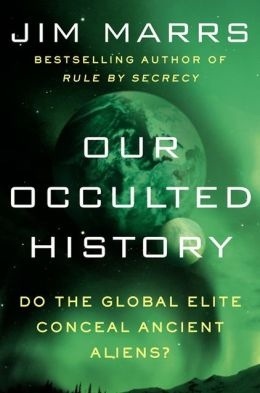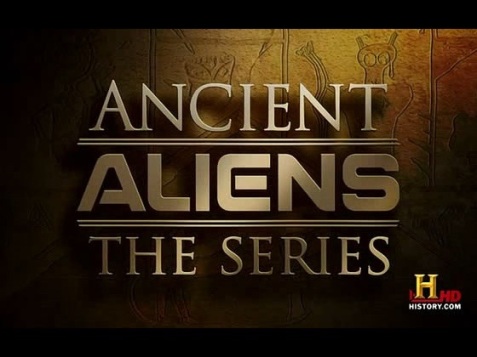I always struggle to write my thoughts about classic stories or authors, likely thinking my humble writing will not do them justice, and that there is likely “nothing new under the sun” to be said about them. That said, below are some of my disorganized and rambling reactions to Hemingway’s short story classic, “The Snows of Kilimanjaro,” which was the King of Clubs in my Project: Deal Me In this year…
You often hear it said that “nothing focuses the mind like a deadline.” And what is the ultimate deadline? Wouldn’t that be one’s own approaching death? I’ve never thought about it before today, but is that where the term DEADline comes from? (a quick check of my Merriam Webster app indicates not: “a line drawn within or around a prison that a prisoner passes at the risk of being shot.”) Interesting, but I digress… (big surprise there)
The Snows of Kilimanjaro
Harry is dying. “Stranded” on safari with the towering Mount Kilimanjaro as a backdrop, he is laid up with a gangrenous leg (from failing to tend immediately to a thorn scratch – and I suspect it is not coincidental to the story that he was felled by something relatively harmless instead of, say, being victimized by a charging rhinoceros). Help has been sent for, but it’s uncertain whether it will arrive in time. Attended by his wife and a few native servants, Harry has also begun to attract the attention of vultures, whose acute senses know a terminal case of gangrene when they smell one.
We also are familiar with the concept of one’s life “flashing before one’s eyes” in cases of near death accidents and the like. Given that, I guess it only makes sense that a slower death would allow a slower replay of one’s life. This is what happens with Harry, a writer whose best works are already behind him. During the story he continually has “flashbacks” to other times in his life, reminding himself of opportunities lost and behavior that would have been better if altered. All the things he was planning to write about someday when he was fully “ready” will now likely be lost. He even blames his wealthy wife, whose patronage of him and his craft has only made him lazy and enabled him to become a heavy drinker. He realizes, though, in a period of lucidity, that it’s not her fault. He would’ve found another rich patroness if he hadn’t landed her.
The wife remains hopeful that the rescuing plane will arrive soon, but when a hyena trots by the camp Harry has a realization:
“…just then it occurred to him he was going to die. It came with a rush; not as a rush of water nor of wind; but of a sudden, evil-smelling emptiness and the odd thing was that the hyena slipped lightly along the edge of it.”
I loved the way Hemingway personified Death in the hyena, having it creep closer and closer in his imagination:
“…just then, death had come and rested its head on the foot of the cot and he could smell its breath.
’Never believe any of that about a scythe and a skull,’ he told her. ‘It can be two bicycle policemen as easily, or be a bird. Or it can have a wide snout like a hyena.’”
Then later:
“It moved up closer to him still and now he could not speak to it, and when it saw he could not speak it came a little closer, and now he tried to send it away without speaking, but it moved in on him so its weight was all upon his chest, and while it crouched there and he could not move or speak…”
For those (likely few) who have not read the story, I don’t want to reveal the ending but hope that you will read it for yourself. One place I found where it may be read online for free is: http://xroads.virginia.edu/~drbr/heming.html
This is one of Hemingway’s most famous short stories, but there are many others. Which are your favorites?
(Below: the collection of Hemingway stories that I own)
(Below: the 1936 issue <and below that, the first page of the story> of Esquire Magazine where this story first appeared)
(The Snows of Kilimanjaro was also made into a movie – starring Gregory Peck {hey! that’s two posts in a row about works with a tie-in with Gregory Peck movies – how’s that for a coincidence}.)


























